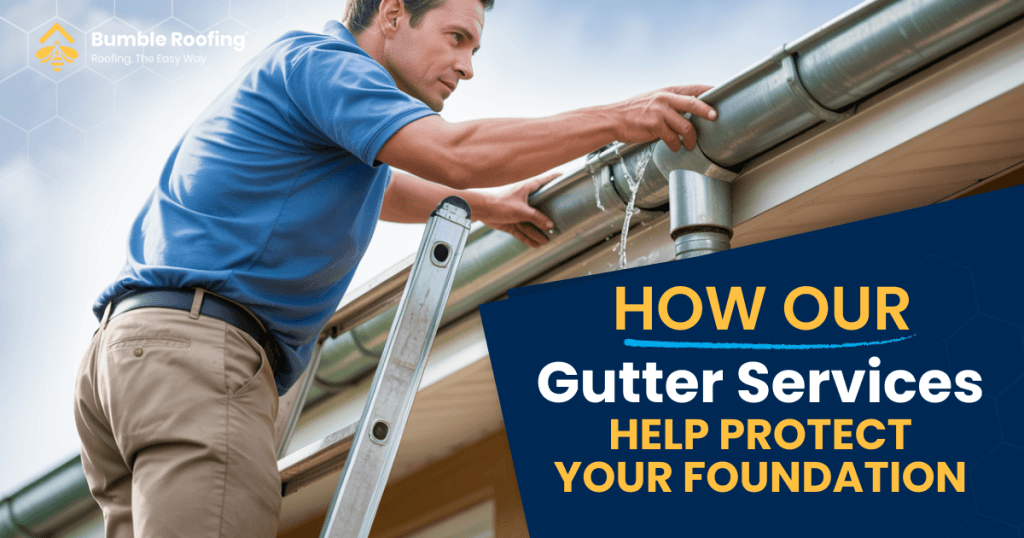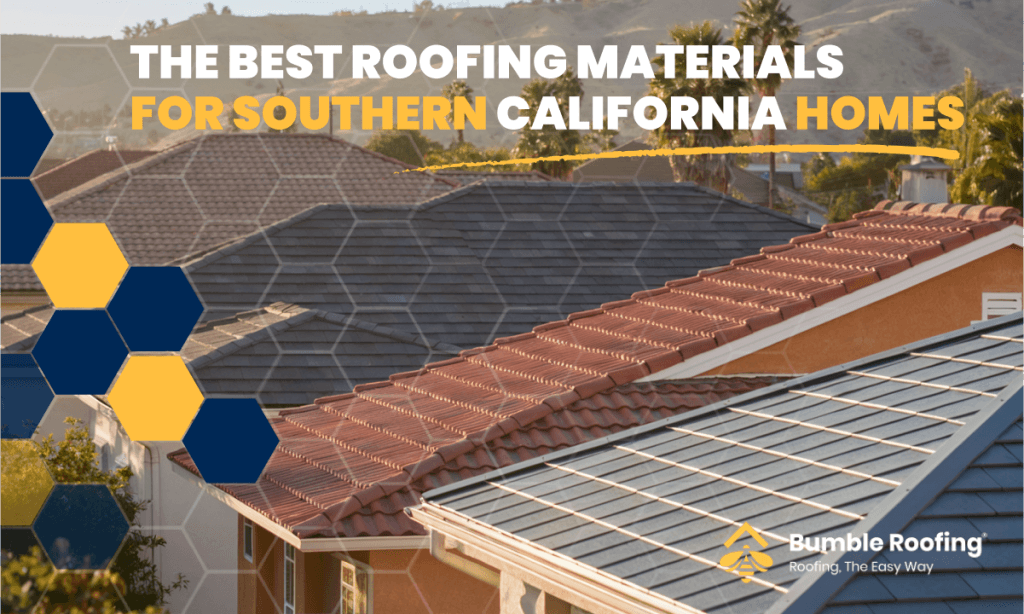Flat Roofing in Los Angeles: A Comprehensive Guide for Property Owners

Flat roofing is a popular choice for many property owners in Los Angeles due to its modern aesthetic, practicality, and adaptability to Southern California’s unique climate. Whether residential or commercial, flat roofs provide a host of benefits when properly designed, installed, and maintained. However, given the region’s distinctive weather patterns—including intense sun exposure, occasional heavy rains, and fluctuating temperatures—it’s essential to understand which roofing solutions work best and how to maximize their lifespan.
Common Types of Flat Roofs in Los Angeles
1. Built-Up Roofing (BUR)
Built-Up Roofing, also known as “tar and gravel” roofing, is one of the most traditional flat roofing methods in Los Angeles. It consists of alternating layers of bitumen and reinforcing fabrics, topped with gravel or reflective coatings. BUR is renowned for its durability and resistance to foot traffic, making it ideal for commercial buildings and apartment complexes. Its multi-layer construction provides excellent waterproofing and UV protection, vital for LA’s sunny weather.
2. Modified Bitumen Roofing
Modified bitumen roofing systems are popular due to their flexibility and durability. Typically installed using heat welding or adhesive methods, these roofs can handle temperature fluctuations common in Los Angeles. They reflect heat effectively, enhancing energy efficiency and helping to reduce indoor cooling costs.
3. Single-Ply Roofing (TPO and PVC)
Single-ply roofing systems like TPO (thermoplastic olefin) and PVC (polyvinyl chloride) have gained popularity in Los Angeles for their superior energy efficiency. Their reflective surfaces significantly reduce heat absorption, lowering cooling costs during hot summer months. These materials also have high resistance to chemicals, oils, and punctures, making them ideal for commercial buildings.
Benefits of Flat Roofing in Los Angeles
- Cost-Effective Installation: Flat roofs often require fewer materials and labor hours compared to sloped roofs.
- Space Efficiency: Provides extra usable space for HVAC units, solar panels, or rooftop gardens.
- Easy Maintenance: Accessibility simplifies inspection, cleaning, and maintenance.
- Energy Efficiency: Highly reflective materials like TPO and PVC roofs minimize heat transfer, crucial for reducing cooling costs in LA’s climate.
Common Flat Roof Issues and Solutions
Issue: Pooling Water
Flat roofs are prone to water pooling due to inadequate drainage or improper slope. Standing water can deteriorate roofing material, leading to leaks.
Solution: Regular inspections and proper installation of drainage systems, including gutters, downspouts, or tapered insulation, effectively prevent water accumulation.
Issue: Heat Damage and UV Exposure
Continuous exposure to Los Angeles’ intense sun can cause cracking, blistering, and degradation of roofing materials.
Solution: Using reflective or cool-roof coatings significantly reduces heat damage and extends roof lifespan. Additionally, periodic maintenance and reapplication of protective coatings help maintain optimal condition.
Issue: Roof Blisters and Cracks
Blisters and cracks occur from heat expansion, moisture intrusion, or poor installation.
Solution: Routine roof inspections help identify minor issues early. Repairing blisters and cracks immediately can prevent extensive damage. Quality installation and choosing flexible materials can mitigate these issues.
Maintenance Tips for Flat Roofs
- Regular Inspections: Conduct inspections at least twice annually—before and after rainy seasons.
- Prompt Repairs: Immediate attention to minor issues prevents larger, costly problems.
- Proper Drainage Maintenance: Regular cleaning of gutters and drainage systems ensures effective water removal.
- Protective Coatings: Reapplying reflective or waterproof coatings every 3-5 years protects against UV and moisture damage.
Los Angeles Building Codes and Roofing Compliance
Los Angeles has stringent roofing codes to ensure buildings withstand the region’s unique climate. Compliance with Title 24, California’s energy efficiency standards, is mandatory for new roof installations or replacements. These regulations encourage reflective roof surfaces to reduce the urban heat island effect and promote sustainable building practices.
Choosing the Right Flat Roofing Contractor
Selecting a qualified roofing contractor in Los Angeles involves considering:
- Licensing and Certification: Ensure the contractor holds valid licenses and certifications compliant with California building standards.
- Local Experience: A contractor familiar with LA-specific weather challenges can recommend and install materials suited for maximum performance.
- Warranty and Guarantees: Reliable contractors provide warranties covering both materials and labor, offering peace of mind and long-term protection.
Conclusion
Flat roofs offer significant advantages to property owners in Los Angeles when properly installed and maintained. By understanding the various roofing systems available, proactively managing common issues, and partnering with an experienced local contractor, residents and businesses can benefit from durable, efficient, and cost-effective roofing solutions tailored specifically for Southern California’s demanding climate.
Related
Articles, Roof Types
Roofing, the Easy Way
Get Estimate





